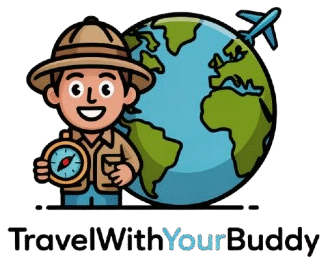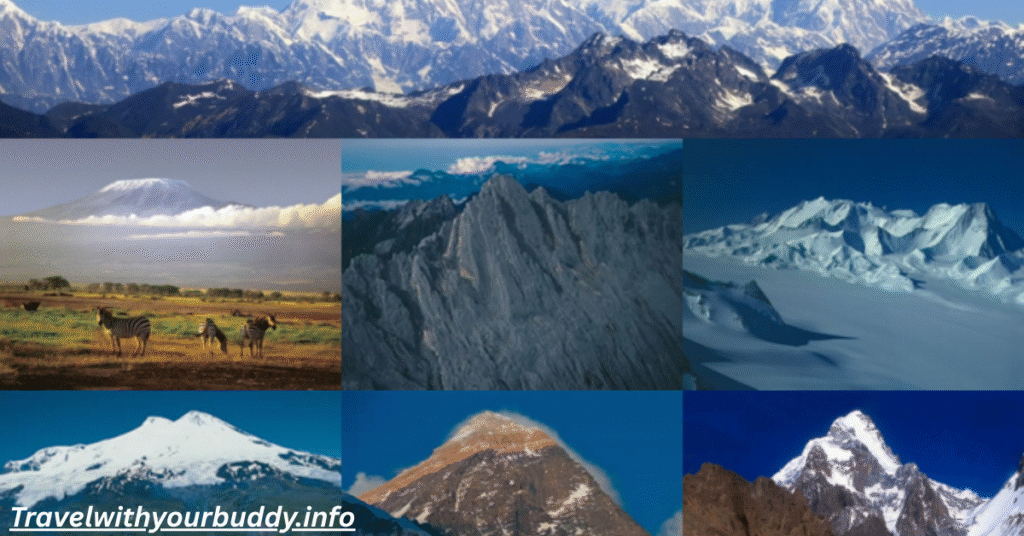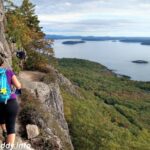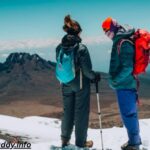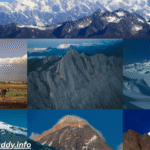The 7 Summits are the highest mountain on each continent. Climbing them is a dream for many mountaineers. This is more than a bucket list adventure. It is a test of mental endurance, physical stamina, and wilderness training.
Each summit tells a different story. Each climb brings new lessons. This guide covers the peaks, the challenges, and how you can begin your own journey.
The Feeling of Being at the Top
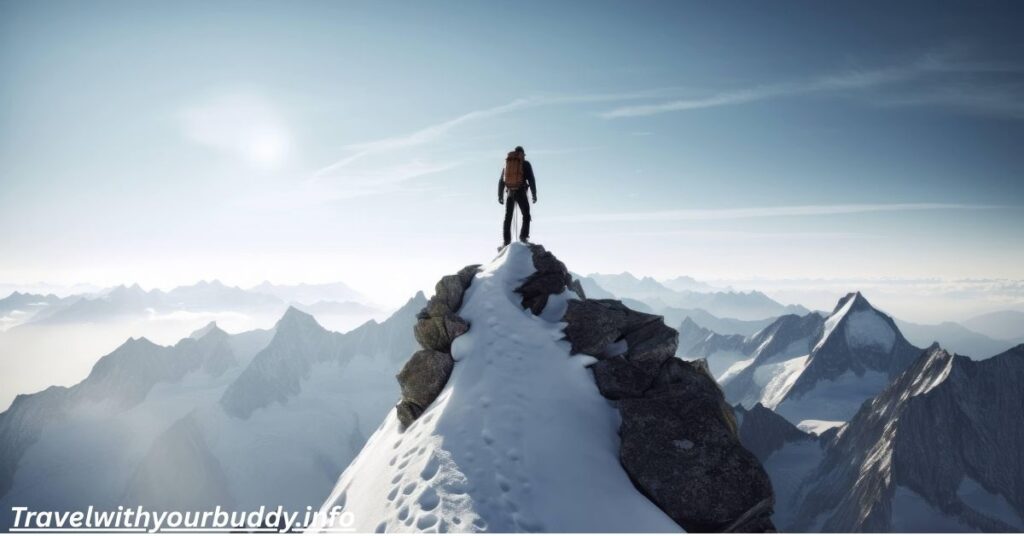
Imagine standing on a snowy peak, with the world below you. The air is thin. The wind is cold. Your heart races. You’re gasping for air. But you’re smiling.
You just climbed one of the 7 summits. It’s a feeling like no other. This is what keeps mountaineers going. The altitude, the effort, the journey all lead to one powerful moment.
The 7 Summits of the World
The Seven Summits are the highest mountain on each continent. Reaching all of them is called the Seven Summits challenge. Only a few hundred people in history have done it.
There are two versions of the list: the Bass list and the Messner list. Most climbers follow the Messner list, which includes Puncak Jaya in Oceania. It is also called Carstensz Pyramid.
The 7 Summits List
| Mountain | Continent | Elevation (ft) | Location |
| Mount Everest | Asia | 29,032 | Nepal/China |
| Aconcagua | South America | 22,838 | Argentina |
| Denali | North America | 20,310 | Alaska, USA |
| Kilimanjaro | Africa | 19,341 | Tanzania |
| Mount Elbrus | Europe | 18,510 | Russia |
| Vinson Massif | Antarctica | 16,050 | Antarctica |
| Puncak Jaya | Oceania | 16,024 | Indonesia |
1. Mount Everest, Nepal/China

Mount Everest is the tallest mountain expedition on Earth. It’s in the Himalayas, between Nepal and China. The elevation is over 29,000 feet.
Climbers must prepare for high-altitude sickness and rapidly changing weather. A certified high-altitude guide is essential—so is proper acclimatization, climbing permits, and a reliable GPS device.
2. Puncak Jaya, Indonesia
Puncak Jaya, also called Carstensz Pyramid, is the highest summit in Oceania. It rises from dense jungle to steep cliffs.
This climb needs technical climbing skills and rock climbing gear. You’ll need a professional guide, a satellite phone, and travel documents.
3. Vision Massif, Antarctica
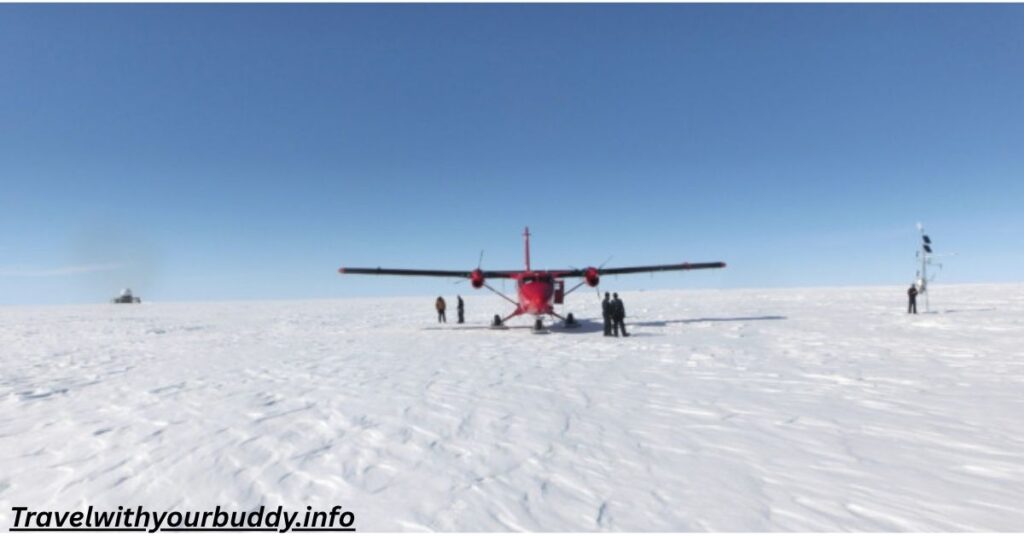
Vinson Massif sits in Antarctica, far from civilization. Cold weather gear is vital here. Temperatures fall below -40°C.
Climbers need skills in glacier travel, snow camping, and outdoor survival. You’ll carry a personal locator beacon, hiking backpack, and a weather radio.
4. Aconcagua, Argentina
Aconcagua is the highest summit in South America. It’s part of the Andes Mountains.
The trekking route is long. Climbers carry heavy climbing gear. Weather shifts quickly. Proper altitude training and a solid climbing checklist are crucial.
5. Denali, Alaska
Denali is the tallest mountain in North America. It’s in Alaska and once was called Mount McKinley.
The climb is icy, steep, and wild. It demands mountaineering training, ice climbing, and strong physical conditioning. Most climbers camp in snow.
6. Mt. Elbrus, Russia
Mount Elbrus is Europe’s highest peak. It’s located in Russia and surrounded by glaciers.
Though not too technical, extreme weather conditions can make it tough. Bring crampons, climbing boots, and ice axe for safety.
7. Kilimanjaro, Tanzania
Mount Kilimanjaro is Africa’s highest mountain. It’s in Tanzania, and famous for its beauty.
No technical skills are needed, but don’t take it lightly. The elevation gain is steep. You’ll still need hiking essentials like trekking poles, dehydrated food, and a first-aid kit.
Nine Interesting Facts About the 7 Summits
- Denali is the most northern peak.
- Richard Bass was the first to climb all seven.
- Kilimanjaro has three volcanic cones.
- Mt. Vinson is named after Carl Vinson, a U.S. Congressman.
- Some climbers argue about Puncak Jaya vs. Mount Kosciuszko.
- A 13-year-old is the youngest to complete all seven.
- The Puja ceremony is done before Everest climbs.
- Only a few hundred have completed the Seven Summits.
- The oldest climber was 76 years old.
The 7 Highest Mountains in the World
The 7 highest mountains in the world are all in Asia, mainly in the Himalayas.
| Rank | Mountain | Elevation (ft) | Location |
| 1 | Mount Everest | 29,032 | Nepal/China |
| 2 | K2 | 28,251 | Pakistan/China |
| 3 | Kangchenjunga | 28,169 | Nepal/India |
| 4 | Lhotse | 27,940 | Nepal/China |
| 5 | Makalu | 27,766 | Nepal/China |
| 6 | Cho Oyu | 26,906 | Nepal/China |
| 7 | Dhaulagiri | 26,795 | Nepal |
Being Prepared Prevents Possible Disaster
High-altitude climbing is dangerous without preparation. Carry the right climbing equipment. Know how to use an ice axe, crampons, and your climbing boots.
Don’t forget your first-aid kit, weather radio, and cold weather gear. Always have a hiking insurance plan that covers rescue.
Not Just a Stroll in the Park
Climbing the Seven Summits is not a vacation. You face extreme weather conditions, harsh terrain, and low oxygen levels.
You’ll need strong survival skills and be ready for mental endurance tests. This is not like a weekend hike in the woods.
Shaping-Up for the Summit
Start physical conditioning at least six months before. Do altitude training if you can.
Practice long hikes with a loaded hiking backpack. Get comfortable with your climbing boots, trekking poles, and layers like your down jacket.
Don’t Go Up Alone : Hire a Guide
A professional guide is more than helpful — they’re a lifeline. They know the weather conditions, the best trekking routes, and local culture.
Some mountains, like Kilimanjaro, require you to hire a licensed trekking guide. Others, like Everest, require a certified high-altitude mountain guide familiar with the region.
Other Hiking Tips and Advice For Tackling the Seven Summits
Bring extra food and water. Dehydrated food is lightweight. Always carry a GPS device and a satellite phone.
Let someone know your plan and location. Get all your climbing permit fees and travel documents in order before the trip.
Get Your Wallet Out : Climbing is The 7 Summits is Expensive
Here’s an average breakdown of expedition cost:
| Mountain | Average Cost (USD) |
| Mount Elbrus | $800 |
| Kilimanjaro | $3,000 |
| Aconcagua | $3,500 |
| Denali | $8,000 |
| Puncak Jaya | $13,000 |
| Vinson Massif | $32,000 |
| Mount Everest | $42,000 |
| Total Cost | $102,300+ |
This doesn’t include gear, climbing insurance, or mountaineering training.
Puncak Jaya vs. Mount Kosciuszko: The Eight Summits
Some climbers debate whether Puncak Jaya or Mount Kosciuszko should represent Oceania.
Kosciuszko, in Australia, is easier and much lower. But Puncak Jaya offers technical climbing challenges and true adventure.
Training for the Seven Summits: Build Strength, Endurance, and Skill
Climbing the Seven Summits isn’t just about having the will — it’s about having the physical strength and mental resilience to back it up. Each mountain peak comes with its own demands. For example, Kilimanjaro requires cardiovascular stamina for long days of trekking, while Denali tests your muscular endurance with sled-pulling and technical climbing in freezing temperatures. If you’re preparing for Everest or Puncak Jaya, rope skills, glacier travel, and rock climbing techniques are non-negotiable.
Altitude training should begin months in advance and include high-intensity workouts, elevation gain hikes, strength training, and if possible, simulated high-altitude conditions. Mental preparation is just as important — the ability to stay calm, focused, and determined during extreme weather conditions could make the difference between reaching the summit and turning back.
Choosing the Right Guide: What to Look for in a Climbing Expedition Team
Whether you’re aiming for Aconcagua or the icy slopes of Vinson Massif, having an experienced climbing guide can make or break your journey. But not all guides are created equal. Look for certified high-altitude mountaineering professionals who are licensed through recognized bodies like the IFMGA or UIAGM. They should have a solid safety record, clear communication, and deep knowledge of terrain, weather forecasting, and emergency protocols.
A great expedition leader doesn’t just help you climb — they educate, support, and respond calmly during emergencies. On mountains like Everest or Puncak Jaya, your guide may also provide insight into local culture, mountain rituals, and climbing permits. Their expertise adds value to your journey, helping you adapt to altitude sickness, avoid navigation errors, and experience the adventure with confidence.
The Final View: A Payoff Beyond Imagination
Climbing the Seven Summits changes you. It’s more than just reaching a summit. It’s about who you become on the way up.
Each step, camp, and climb builds courage. You face nature, your fears, and your limits. And you come out stronger.
If this sounds like your dream, then get started. Prepare. Train. Climb. Write your own 7 Summits, 7 Stories today.

I’m Freya Collins, an experienced travel writer passionate about helping others explore the world. At TravelWithYourBuddy.info, I share practical tips, guides, and insights from my journeys to inspire confident and meaningful adventures.
